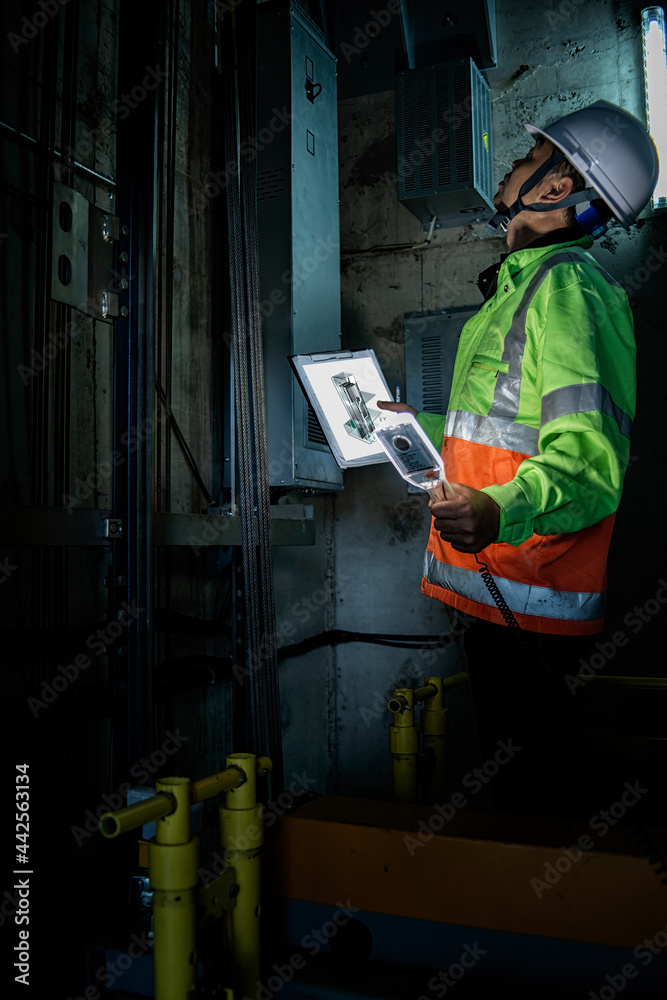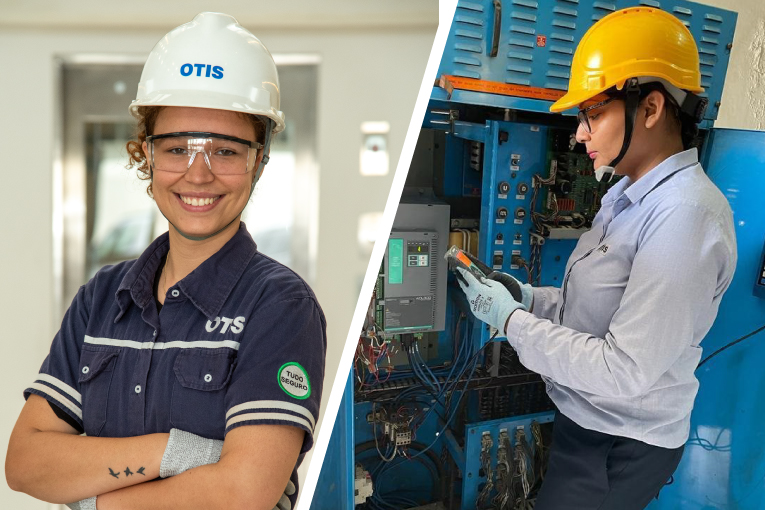Selecting the Best Lift Maintenance Contract for Long-Term Efficiency
Selecting the Best Lift Maintenance Contract for Long-Term Efficiency
Blog Article
Checking Out the Comprehensive Procedures Needed for Lift Maintenance
In the world of structure maintenance, ensuring the proper performance and safety and security of lifts is vital. By dealing with vital aspects such as proactive upkeep routines, security checks, and emergency readiness, a thorough understanding of the ins and outs included in lift upkeep can lead to enhanced performance and safety and security.
Regular Examinations
When it involves making certain the durability and safety of your lift system, routine assessments are vital. These regular checks play an essential role in determining any type of potential problems before they intensify right into major issues, ensuring the safe and smooth procedure of the lift. By conducting normal assessments, maintenance teams can proactively deal with damage, defective elements, or any kind of various other issues that may jeopardize the lift's performance or safety.
During these examinations, educated experts completely check out different facets of the lift system, including mechanical parts, electrical systems, security features, and total structural stability (lift maintenance contract). They seek indicators of wear, corrosion, leakages, or any kind of anomalies that can suggest an issue. Additionally, they confirm that all safety mechanisms are working properly and in conformity with policies. By finding and resolving issues beforehand, these examinations assist avoid expensive repairs, downtime, or safety dangers, ultimately expanding the lifespan of the lift system and making sure the health of its individuals.
Positive Upkeep Schedules
Carrying out positive upkeep routines is crucial for optimizing the effectiveness and long life of lift systems. By sticking to an aggressive upkeep strategy, lift owners can attend to prospective problems prior to they rise into significant issues, inevitably decreasing downtime and pricey fixings. Aggressive maintenance entails regular evaluations, lubrication of relocating components, testing safety attributes, and changing used elements. These set up upkeep tasks not only help in protecting against break downs yet likewise contribute to keeping the lift's performance at optimum degrees.
A well-structured proactive maintenance schedule should describe specific tasks, regularities, and liable personnel. When producing these routines to guarantee the lift operates safely and effectively, it is important to follow manufacturer referrals and market standards. Additionally, documenting upkeep tasks and keeping comprehensive documents can give useful understandings into the lift's efficiency over time, helping in identifying trends and making educated maintenance decisions.

Safety Compliance Checks
Making sure security conformity via thorough checks is paramount in maintaining lift systems' reliability and guarding user health. Safety and security conformity checks include a comprehensive evaluation of different components, consisting of electrical systems, mechanical parts, emergency brakes, doors, and other essential safety features. These checks are important to determine any prospective dangers or breakdowns that can compromise the lift's procedure and put users at threat.
Routine safety compliance checks should be conducted by qualified service technicians in adherence to sector policies and standards. These checks help in finding concerns early on, permitting prompt repairs and preventative maintenance steps to be implemented. Keeping in-depth records of safety and security compliance checks is crucial for tracking the lift system's efficiency over time and demonstrating conformity with safety and security regulations.
Tools Upgrades and Innovation
Enhancing lift systems with tools upgrades and modernization is vital for improving effectiveness and security standards in vertical transportation. As modern technology advancements, older lift systems may end up being outdated, leading Your Domain Name to reduced integrity and potential security dangers. By purchasing devices upgrades and modernization, building owners can make certain that their lifts satisfy existing market requirements and policies.

In enhancement to functional benefits, devices upgrades and innovation tasks can additionally improve the aesthetics of the lift, supplying a more modern and enticing experience for travelers. Eventually, spending in lift upgrades and innovation is a proactive strategy towards guaranteeing the longevity, security, and efficiency of upright transport systems.
Emergency Readiness Planning
An effective emergency situation readiness plan is important for ensuring the safety and security and speedy response in instance of unforeseen incidents involving lift systems. Emergency situation preparedness planning for lift systems involves a methodical technique to reduce risks, make certain passenger security, and lessen downtime throughout emergency situations.
Secret components of an emergency situation preparedness strategy for lifts include clear communication procedures, regular training for lift operators on emergency procedures, and routine drills to evaluate the effectiveness of the strategy. lift and engineering services. Furthermore, the plan must detail particular roles and responsibilities for all stakeholders entailed, consisting of structure monitoring, maintenance personnel, and emergency responders
In the event of a lift breakdown or entrapment, having a well-defined emergency situation strategy can help in working with a efficient and punctual reaction to make sure the safety and security and wellness of guests. Prompt communication, access to emergency situation devices such as interaction tools and emergency lights, and expertise of evacuation treatments are vital facets of an extensive emergency readiness prepare for lift systems. By focusing on emergency situation readiness preparation, building managers can enhance the overall security and integrity of their lift systems.
Final Thought
To conclude, the extensive steps required for lift upkeep include regular assessments, proactive upkeep schedules, security conformity checks, devices upgrades and modernization, and emergency readiness preparation. These actions are important for ensuring the safety, reliability, and effectiveness of my link lifts in numerous setups. By applying these procedures, lift owners can minimize the risk of mishaps, prolong the lifespan of their tools, and adhere to industry policies.

During these inspections, educated experts completely examine various aspects of the lift system, consisting of mechanical elements, electric systems, safety attributes, and total architectural integrity.Making sure safety compliance through detailed checks is paramount in maintaining lift systems' integrity and securing customer well-being. Maintaining detailed documents of security conformity checks is essential for tracking the our website lift system's efficiency over time and showing compliance with safety and security regulations.
By focusing on emergency situation readiness planning, building managers can improve the overall security and integrity of their lift systems.
Report this page